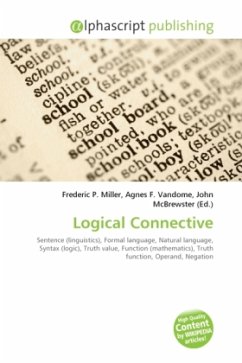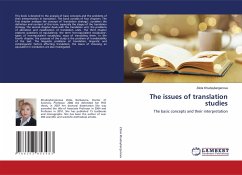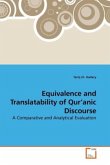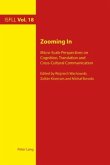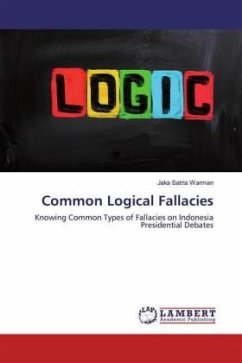In logic, statements p and q are logically equivalent (shown by symbol) if they have the same logical content. Syntactically, p and q are equivalent if each can be proved from the other. Semantically, p and q are equivalent if they have the same truth value in every model. Logical equivalence is often confused with material equivalence. The former is a statement in the metalanguage, claiming something about statements p and q in the object language. But the material equivalence of p and q (often written p leftrightarrow q) is itself another statement in the object language. There is a relationship, however; p and q are syntactically equivalent if and only if p leftrightarrow q is a theorem, while p and q are semantically equivalent if and only if p leftrightarrow q is a tautology. The logical equivalence of p and q is sometimes expressed as p equiv q or p Leftrightarrow q. However, these symbols are also used for material equivalence; the proper interpretation depends on the context.


